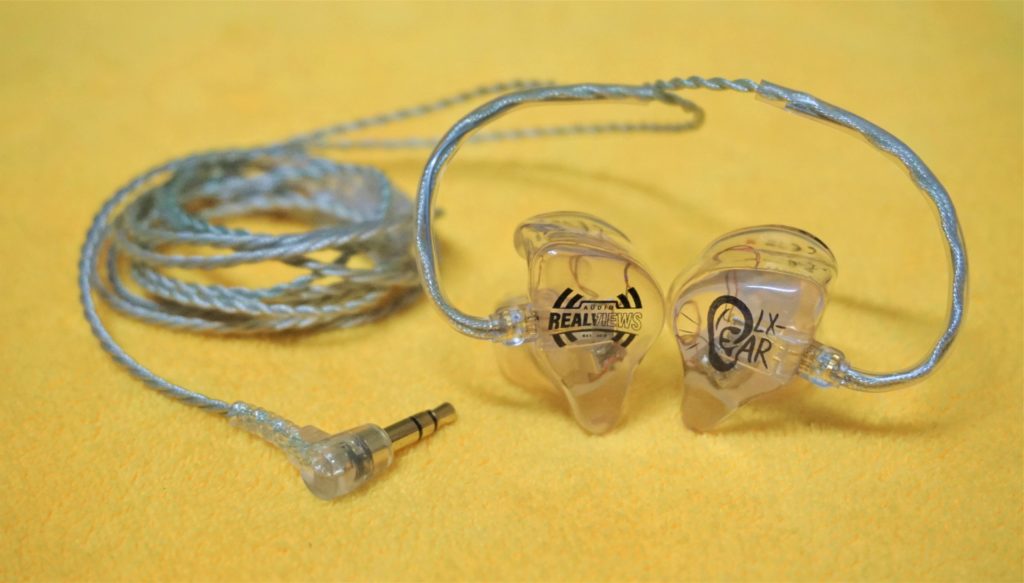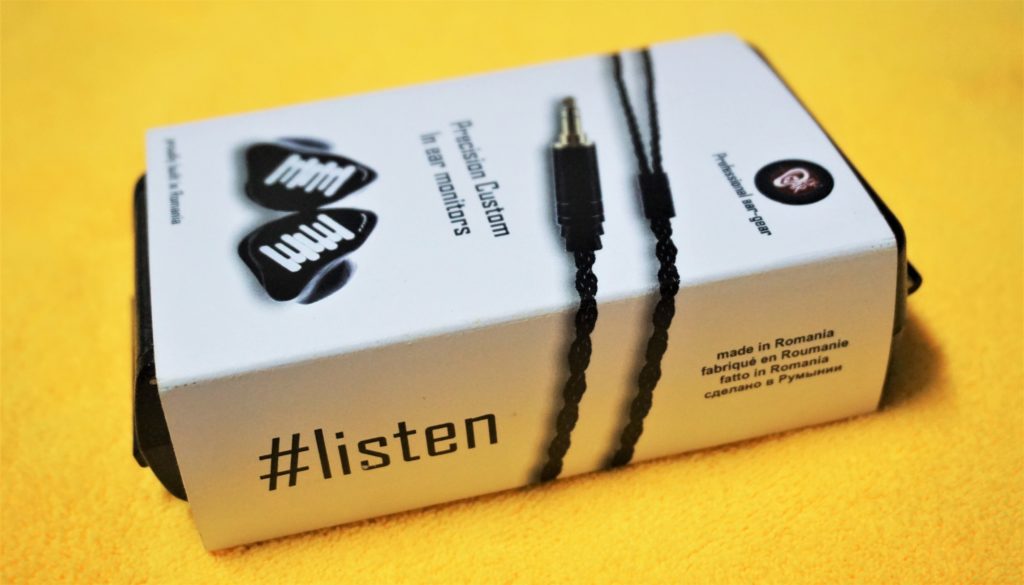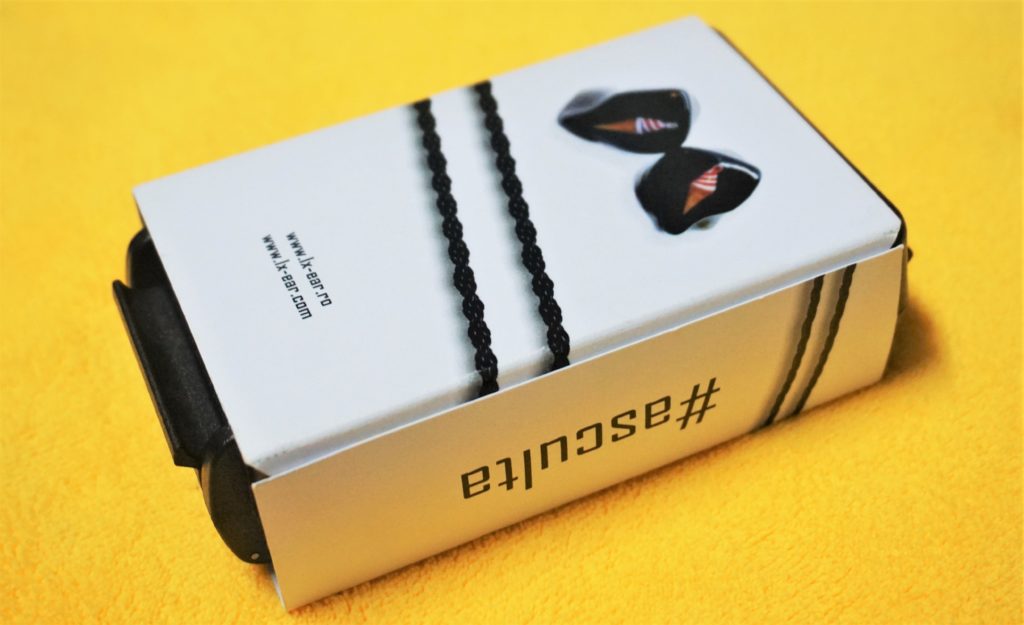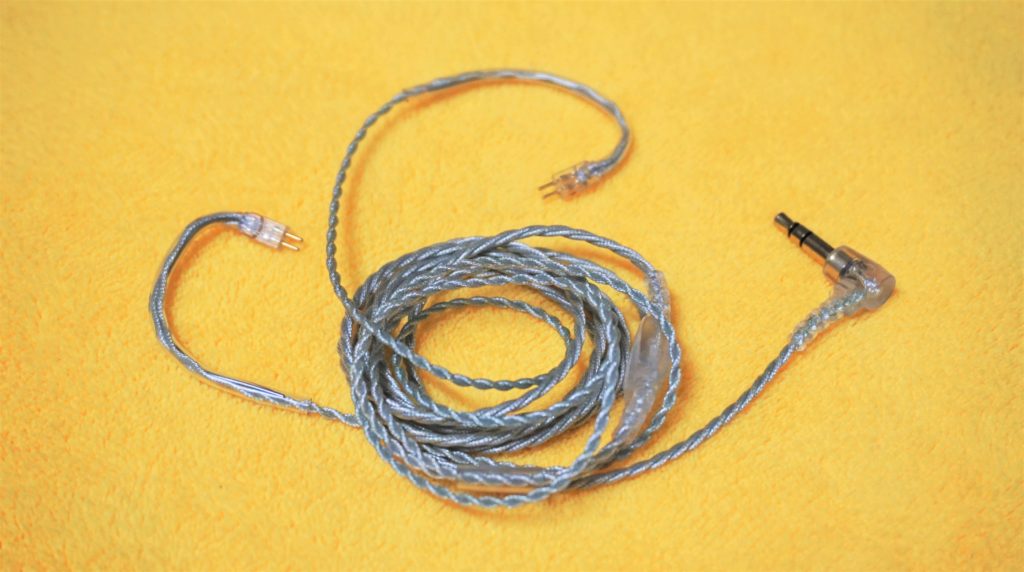

This customization and personalization approach in the audiophile industry is prevalent in the In-Ear monitor segment where CIEMs are considered an end all be all solution by most in their earphone journey. An embodiment of this very approach is LX Ear, makers of CIEM units based off Bucharest, Romania. Founded by a passionate sound engineer way back 2016 ensures anyone that the LX Ear group knows the ins and outs of your in-ear monitor wants and needs. I have previously reviewed their uber comfortable semi-CIEM, the LX Ear Jupiter which is one of the most comfortable earphones I have used thanks to the flexible and bio-compatible material used on it for its overall body.


Packaging and Build Quality





The LX Ear Pluto sports the usual black vertically oriented hard case which is similar to what you’d get from 64 Audio and Fearless Audio setups. Inside this very case is a black rubber cutout which conforms to the CIEM unit and the accessory set coming in the form of a gold-plated 6.3mm adapter, cleaning tool and cloth. A product manual and warranty booklet along with a desiccant is also present. The case works great for its purpose but would love to see the LX Ear branding on it and an option to add your name on it as others have done or maybe something different, for a more personalized appeal.












Tonality and Isolation

The LX Ear Pluto promised a somewhat balanced sound signature and it showcased just what LX Ear said it to be, that is when you’re in the state of just using it fresh. The Pluto eventually sounded dark with a lingering presence on the low-end and tamed highs. Isolation and seal was great as to be expected from a CIEM unit, in case of seal and fit issue, LX Ears offers a 30 day refit warranty. I used the xDuoo X10Tii connected via coaxial to the xDuoo XD-05 and the Sony CAS-1 desktop system off the MSI GF62-8RE laptop via Foobar2000 v1.4 outputting various FLAC files which would be mentioned along the realview.
Lows
The LX Ear Pluto’s low-end capability was tested using Lady Gaga’s Brown Eyes in 16/44 FLAC and it started with a thick sub bass delivery that has a touch of rumble, it dissipates slow and creates a rough textured sub bass. Mid bass performance wasn’t that thumpy and weighty but has some tightness and control to it that avoids it to cloud and mask other tones. The Pluto has a loosely packed bass overall, it doesn’t lack power yet it also doesn’t deliver the cleanest bass drops that you’d fine, I found it lovely when paired with tracks that highlights a controlled chaos on its emotions which was why I enjoyed rocking Lady Gaga for now.Midrange
I have showcased in my opening salvo for the LX Ear Pluto how regionalized and localized processes sometimes breeds unique and captivating results and for the Pluto’s midrange test I happened to be listening to Philippine’s very own Leah Salonga, heard that surreal Aladdin “A Whole New World” track? She’s the feminine half of that, PH meets RO for now. I used Leah Salonga’s A Song for You – I Can’t Make You Love Me from the 2017 Blurred Lines album in 16/44 FLAC to assess the Pluto’s midrange performance. The lower midrange resolution of the Pluto was rendered in full and allowed for an engaging and inviting transition towards succeeding frequencies. The vocals on the Pluto was rendered full, articulate and rich with a touch of an almost fluffy feel. There are no boosts to be found on the upper midrange but it sounds breathy and far from being muffled despite having that already warm signature from the prominent low-end emphasis. You could keep the Pluto for long and have it lullaby you to laziness.Highs
The LX Ear Pluto’s highs follows the ensemble laid down by its low-end and midrange performance by showcasing a smooth and clean presentation and execution. Maroon 5’s notoriously famous Harder to Breathe in 16/44 FLAC was used to test the Pluto’s high frequency performance. The treble has a subtle snap to it but still sounds mellow and soft for a treble head like me. There is a noticeable softness and lack of extension which in turn avoided a piercing and harsh experience, perhaps a tad risk of extension won’t harm though. Instrumental tones has less aggressive attack presence. Audiophiles who are sensitive to higher frequency will find the Pluto’s respect for their preference a good quality to have.Soundstage and Imaging
Intimate and focus on depth is what LX Ear Pluto chose to prioritize in its soundstage department. There is a sense of being placed in a vacuum devoid of any nuisance. While it has average imaging capabilities, it is still able to provide a good sense of instrument and vocal positioning. Left to right and right to left panning is still observable as well. Detail retrieval and precision especially in width oriented tracks wouldn’t feel too appealing and that’s just in the aspect of width, if you’re taking into account the immersive feel and the overall warm signature of the Pluto, you’d be just like that, alone and undisturbed to the extent that you’re kicked out of being considered a planet.Conclusion

The LX Ear Pluto was a surprise addition to my realview queue and one which I was very happy to come in such way. The experience and journey of getting your own ear impression might be a thing that is done on a regular basis and not something valuable to some is an understatement of what the Custom In-Ear monitor game has grown, you could see individuals getting in and off with their CIEMs every now and then. With LX Ear Pluto, you get not only an intimate and warm sounding set of earphones that doesn’t skimp on providing distinct tones and the right timbre but also great build quality and responsive after-sales service, one that makes you google where Romania is and checking the 10 things you could possibly do in case you embark on a trip to that country on the western shores of the Black Sea.








